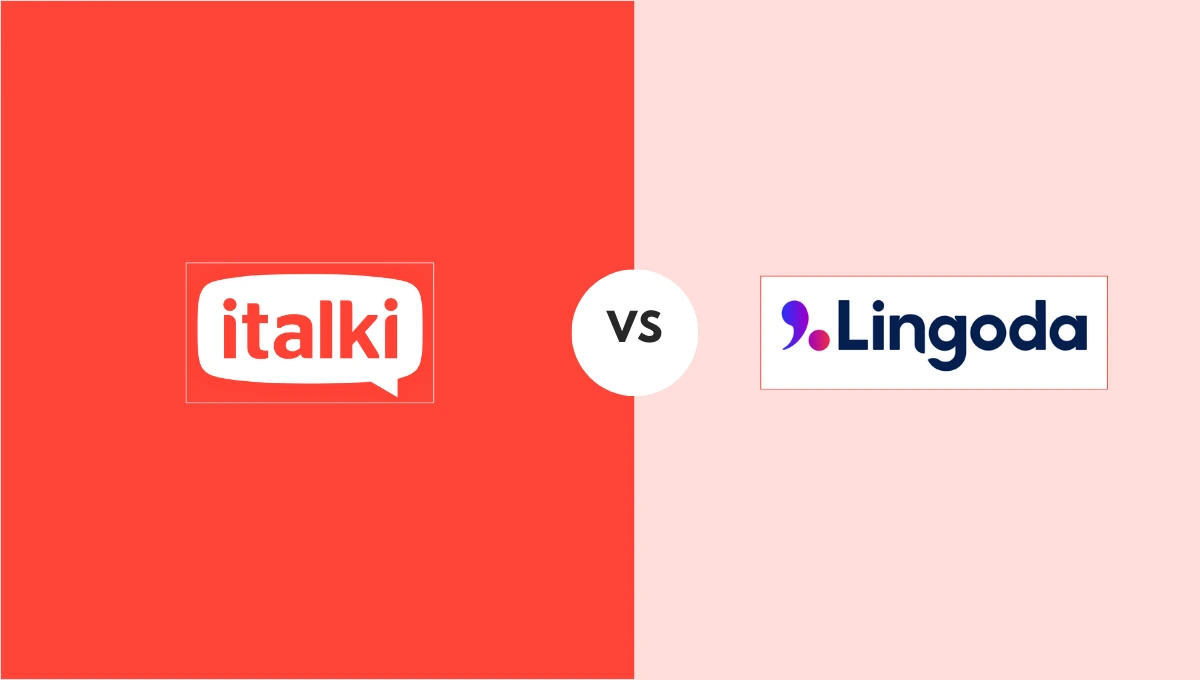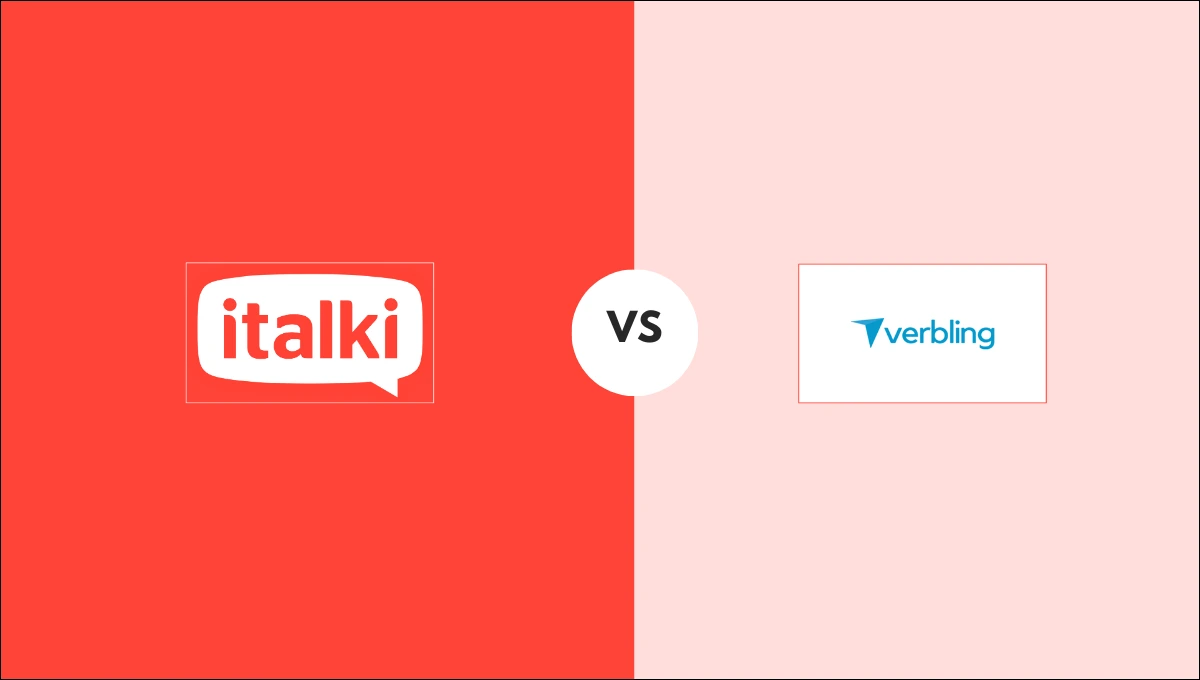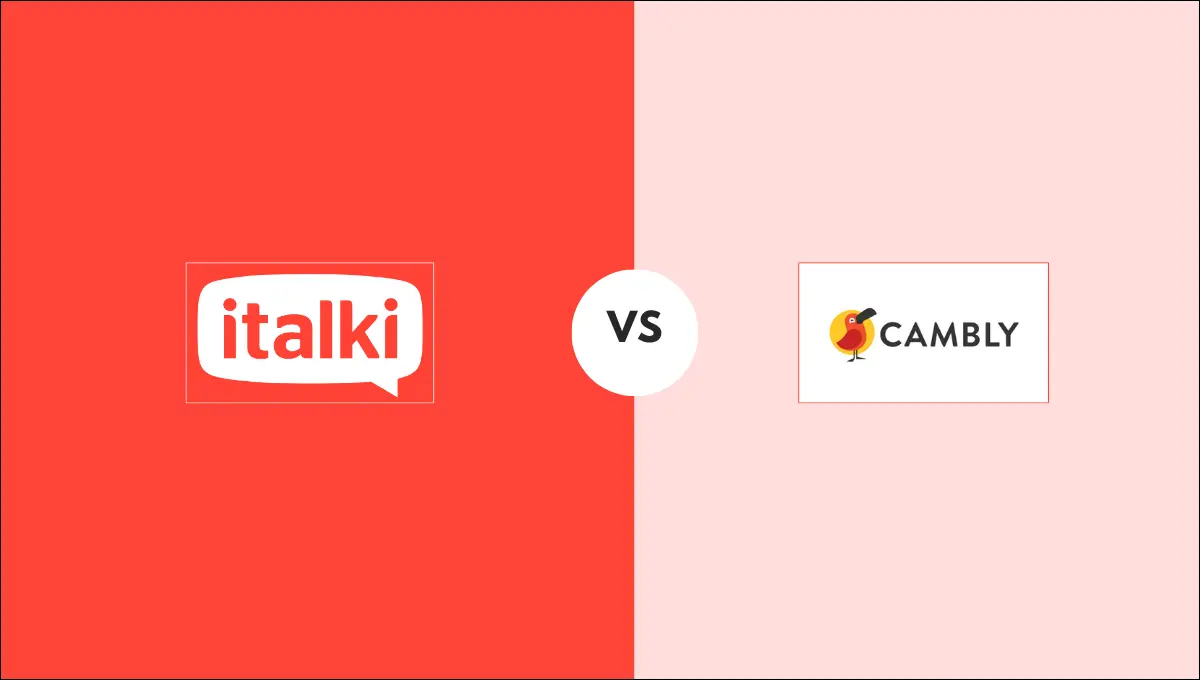The word “no” in German is nein. It is essential to say a ‘no’ while keeping the situation in mind. Saying ‘no’ is also a very cultural-specific aspect. If you want to learn German online, you first need to explore the culture of German-speaking countries so that when you visit any of them you can say ‘no’ without being aggressive.
Simply saying Nein does not serve the purpose. Imagine someone says ‘Can you please help me and you reply in a single word ‘No’ rude. There are appropriate ways to say ‘no’, that totally depends on the situation you find yourself in.
Plus, saying ‘no’ sometimes gets very culturally specific. Few ways are acceptable in one culture but are highly unacceptable in others. Different cultures have different ways of saying ‘no’ to things.
A lot of people are unsure about which language is better to learn. While it totally depends upon your purpose and goal. If you are planning to learn German, you are just at the right place. Stick to this guide till the end and you will learn the appropriate ways to say ‘Nein’.
Saying ‘no’ in a polite way
In German, saying “no” politely entails explaining the negation rather than simply saying “no.” This is also true in English, which is why it may appear obvious.
Assume someone walks into a hotel and requests to use the restroom, but they are not a guest, so they are denied.
Leider sind die Toiletten nur für Gäste dieses Hotels.
Translation: Unfortunately, the toilets are only for guests of this hotel.
They will almost certainly include one of the following phrases: Entschuldigung (excuse me) or Tut mir Leid (I’m sorry).
Es tut mir wirklich Leid, aber wir können mit dir nicht kommen.
Translation: I am truly sorry, but we can’t come with you.
Some people just repeat the verbs while saying no to a particular question. Some examples are as follows:
“Spielt ihr Gitarre?” (“Do you play guitar?”)
“Nein, Gitarre spielen wir nicht.” (“No, we don’t play guitar.”)
“Haben Sie einen Pepsi?” (“Do you have Pepsi?”)
“Nein, Pepsi nicht. Vielleicht wollen Sie einen Coca-Cola?” (“No, no Pepsi. Perhaps you would like a Coca-Cola?”)
This is clearly not the right selection of words. The word lieber is a good alternative to a direct no, as it means “rather.” It can come after nicht or can also be used alone.
Ich gehe lieber nicht in die Kneipe. (I’d rather not go to the bar.)
“Möchtest du ‘Moana’ sehen?” (“Would you like to see ‘Moana’?”)
“Ich würde lieber ‘Frozen’ sehen.” (“I’d prefer to see ‘Frozen.’”)
This is an excellent example of something that might appear a little too direct and rude in English but is perfectly acceptable in German. Whether you’re from a culture where the politeness scale is calibrated, as it is in German, recognizing how language affects politeness can be difficult.

Learn German on italki
Join the global community of language learners today! Sign up for italki and start improving your language skills with native-speaking teachers from around the world.
Create an italki account
Clear Way to Say “No” in German
Nein is an easy German word but it sometimes gets rude. Following are the three common alternatives of Nein.
The first is nee, which sounds like Schnee (snow). This one is common; in fact, it can be found at all levels of German society. It is dialectal, and in some places, such as Bavaria, it is used instead of nein.
“Hast du den Spiel gesehen?” (“Did you see the game?”)
“Nee.” (“Nah.”)
The second is nö, which is used less frequently in everyday speech. Surprisingly, you will often see it in comics and books, most likely as a way to break up the dialogue rather than having everything be nein. Some people believe that nö is a little harsher than nee.
Willst du mit mir Kaffee trinken?” (“Do you want to have coffee with me?”)
“Nö.” (“No […and why would you think otherwise?]”).
The final word is nich, which is a contraction of nicht (not). It is strongly associated with Berlin, where the typical accent changes the ich to an isch sound.
“Hast du Hunger?” (“Are you hungry?”)
“Nich.” (“Naw.”).
We have another little word for “no” in German: jein, a cute combination of ja (yes) and nein. It’s only “good” until someone uses it to keep you from getting the information you need.
Warst du gestern Abend wieder bei Heather?” (“Were you at Heather’s place again last night?”)
“Jein…” (“Maaaybe…”)
Words to say No in strong situations
So far we have seen easy and standard ways to say “no,” but there are times when saying something with a little more force is appropriate. Some of the phrases that can be used in this regard are:
Auf gar keinen fall. (Under no circumstance.)
Überhaupt nicht. (Definitely not.)
Absolut nicht. (Absolutely not.)
Das ist hier nicht erlaubt. (That’s not allowed here.)
Nein. Ich will nicht. (No. I don’t want to.)
You can also use the word verboten, meaning “forbidden.” It certainly has a sense of strictness in it.
Im Park ist Rauchen verboten. (Smoking is forbidden in the park.)
This particular word frequently appears on signs in big bold letters. In the speech, it frequently comes with the word absolut, meaning “absolutely.”
Das Kaugummikauen ist in meinem Auto absolut verboten. (Chewing gum is absolutely forbidden in my car.)
Ways to say “No, but Actually Yes”
Now we will focus on one that goes hand in hand with “no”: doch. Basically, it’s a “yes” response right after a “no” has been said or assumed.
You may be feeling confused right now, but let’s look at an example:
Sie haben keine Geschwister.” (“You have no siblings.”)
“Doch!” (“Yes I do!”)
Ich hab’ keine Münzen… achso, habe ich doch. (I don’t have any coins… ah, in fact, I do.)
Whether it’s a hesitant “jein” or a firm “auf gar keinen Fall,” your new vocabulary will undoubtedly add some variety to your language skills. Pay close attention to how German speakers use these new expressions in context and don’t be afraid to make mistakes.
We have compiled the alternate words for ‘nein’ in the following table that will help you to make the notes for yourself.
| German | English |
| Nein | No |
| Ne | No |
| Nö | No |
| Nein danke | No thank you |
| Leider | Unfortunately no |
| Jein | Yes/No |
| Ich glaube nicht | I don’t think so |
| Gar nicht | Not at all |
| Überhaupt nicht | Not at all |
| Absolut nicht | Absolutely not |
| Auf gar keinen Fall | Under no circumstances |
There are several fun ways to learn German. For example, you can also learn German with songs, yes you have heard it right. You can learn German words and their usage with German songs, movies, TV series, books, etc.
If you are planning to visit Germany, it is feasible for you to explore its culture first. You can now learn German faster with italki.
italki has a group of the best online German tutors who are just one click away to bring their best instructional practices. Their in-depth lesson plans will not only enhance your vocabulary but will also help you to understand German culture and minimize all the confusion such as a large number of people having ambiguity regarding which language to learn.

Find Your Perfect Teacher
At italki, you can find your German tutor from all qualified and experienced teachers. Now experience the excellent language learning journey!
Book a trial lesson
How to book German lessons on italki?
italki provides a user-friendly platform that makes booking German lessons a seamless process. Whether you’re a beginner or an experienced language learner, here’s a step-by-step guide to booking German lessons on italki:
Step 1: Create an Account
If you haven’t already, start by creating an account on the italki website or mobile app. You can sign up using your email address or social media accounts.

Learn German on italki
Join the global community of language learners today! Sign up for italki and start improving your language skillswith native-speaking teachers from around the world.
Create an italki account
Step 2: Set Your Goals and Preferences
After creating an account, you’ll be prompted to set your language learning goals and preferences. Indicate that you want to learn German and provide information about your current proficiency level, preferred learning style, and schedule availability.
Step 3: Search for German Tutors
Navigate to the “Find a Teacher” or “Teachers” section on the italki platform. Use the search filters to narrow down your options. You can filter by language (German), price range, availability, teaching style, and more.

Step 4: Explore Tutor Profiles
Click on the profiles of German tutors that match your criteria. Explore their profiles to learn more about their teaching experience, educational background, teaching approach, and any specialized areas they cover (such as conversational Spanish, grammar, exam preparation, etc.).
Step 5: Check Availability
On the tutor’s profile, you’ll find their availability for lessons. This includes the days and times they are open for bookings. Choose a time slot that works for you.

Step 6: Book a Lesson
Once you’ve selected a tutor and a suitable time slot, click on the “Book Trial Lesson” or “Book Lesson” button on their profile. Some tutors offer trial lessons at a reduced rate for you to gauge their teaching style before committing to regular lessons.
Step 7: Confirm Payment
After selecting a lesson, you’ll be prompted to confirm the booking and make the payment. italki offers various payment options, including credit/debit cards and PayPal. Once your payment is confirmed, your lesson slot will be reserved.
Step 8: Attend the Lesson
As the lesson date approaches, make sure you’re prepared for the session. Ensure you have a stable internet connection, a webcam, and any materials you and your tutor will be using during the lesson.
Step 9: Engage in the Lesson
Log in to your italki account at the scheduled lesson time. Access the lesson through the italki platform’s video conferencing feature. Engage in the lesson, participate actively, and don’t hesitate to ask questions or seek clarification from your tutor.
Step 10: Review and Continue Learning
After the lesson, you’ll have the opportunity to provide feedback and a rating for your tutor. This helps other learners make informed decisions when selecting tutors. If you’re satisfied with the lesson, you can continue booking sessions with the same tutor to further enhance your German skills.
Conclusion
In this article, we have explored different ways to say no in German. As already established, saying no is a very cultural-specific matter. You must be aware of German culture to avoid any embarrassing or uncomfortable situation.
Make sticky notes for yourself comprising these words. Do remember their context as well. Try to use these words in your daily conversations. It will not only give you confidence but also bring you the contextual clarity required.
You can visit italki to book your lesson plans. italki will provide you with the most comprehensive language learning experience ever. The lessons are planned in the most personalized and authentic way. Most of the tutors are native speakers that will not only teach you but will also provide practical scenarios and examples to polish your German speaking skills and will make you fluent as well. Book your lessons and start today!
Want to learn a language at italki?
Here are the best resources for you!



















